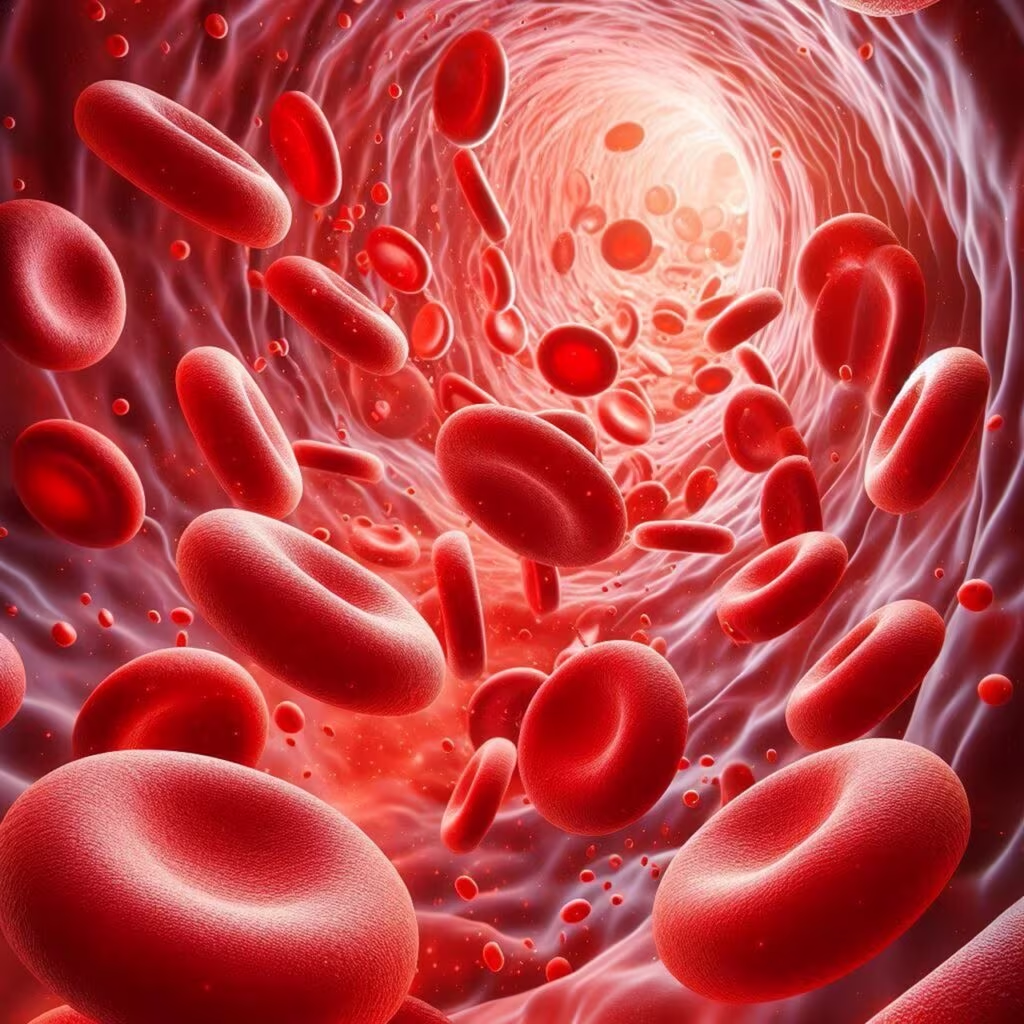Beyond Shingles: New Research Links Shingrix to Cardiovascular Protection
The highly effective Shingrix (recombinant zoster vaccine, RZV) has long been celebrated for its ability to prevent shingles and the debilitating pain of postherpetic neuralgia. Now, new research suggests this two-dose vaccine may offer significant health benefits far beyond its primary target, the varicella-zoster virus (VZV).
Recent observational studies have indicated that adults who receive the Shingrix vaccine may experience a reduced risk of major cardiovascular events, specifically heart attack (myocardial infarction) and stroke. While these findings are preliminary and require confirmation through randomized controlled trials, they provide compelling evidence of potential “off-target” benefits that could profoundly impact public health.
This news is particularly relevant for the millions of adults aged 50 and older who are already recommended to receive the vaccine, adding another powerful incentive for compliance.
The Evidence: What the Observational Study Found
The findings linking Shingrix to cardiovascular protection stem from large-scale observational data analysis. Researchers examined health records of thousands of patients who received the vaccine and compared their subsequent health outcomes to unvaccinated control groups.

Key Findings on Cardiovascular Risk
The core conclusion of the research is that vaccination with Shingrix appears to correlate with a statistically significant decrease in the incidence of serious vascular events. This correlation is particularly noteworthy given that shingles itself is known to temporarily increase the risk of heart attack and stroke in the weeks and months following the acute infection.
The key observed benefits include:
- Reduced Risk of Myocardial Infarction: Vaccinated individuals showed a lower rate of heart attacks compared to their unvaccinated counterparts.
- Reduced Risk of Stroke: A similar protective effect was observed against strokes, suggesting a systemic benefit to vascular health.
It is crucial to emphasize that this is an observational association, meaning researchers identified a link but did not definitively prove that the vaccine caused the reduction in risk. However, the consistency of the findings across different cohorts has prompted experts to investigate the biological mechanisms at play.
Understanding the Mechanism: How Shingrix Might Protect the Heart
Why would a vaccine designed to prevent a viral rash also protect the heart? The answer likely lies in the complex interplay between viral activity, inflammation, and the vaccine’s powerful immune-boosting components.
The Role of VZV and Inflammation
Shingles occurs when the dormant varicella-zoster virus (VZV), which causes chickenpox, reactivates later in life. This reactivation is not just a skin condition; it is a systemic event that triggers a massive inflammatory response.
Experts hypothesize two primary mechanisms for the cardiovascular benefit:
- Preventing VZV Reactivation: Shingles infection causes acute, severe inflammation that can damage blood vessels, potentially destabilizing plaques and triggering clots, leading to heart attack or stroke. By preventing shingles, Shingrix removes this acute inflammatory trigger.
- Adjuvant Effect: Shingrix utilizes a specific adjuvant system, AS01B, which is designed to create a robust and long-lasting immune response. Some researchers suggest that this powerful, targeted immune boost might have beneficial non-specific effects on the immune system, potentially reducing chronic, low-grade inflammation that contributes to atherosclerosis (hardening of the arteries).

“The link between inflammation and cardiovascular disease is well-established,” noted one public health expert. “If Shingrix is preventing a major inflammatory insult like shingles, or if its adjuvant is modulating the immune system in a protective way, these off-target benefits could be substantial for the aging population.”
Shingrix vs. Zostavax: A Comparison of Efficacy and Safety
Shingrix has largely replaced the older shingles vaccine, Zostavax (a live-attenuated vaccine, discontinued in the U.S. in November 2020), due to its vastly superior performance and different mechanism of action. Understanding the difference is key to appreciating the current findings.
| Feature | Shingrix (RZV) | Zostavax (Live-Attenuated) |
|---|---|---|
| Type | Recombinant (Non-live) | Live-Attenuated Virus |
| Efficacy | Over 90% (sustained for at least 7 years) | 51% (efficacy wanes quickly) |
| Doses | Two doses (2 to 6 months apart) | One dose |
| Target Age | Adults 50 years and older | Adults 60 years and older |
| Adjuvant | Contains AS01B (strong immune booster) | None |
The high efficacy and the presence of the powerful AS01B adjuvant in Shingrix are likely factors driving the observed cardiovascular benefits, a benefit that was not prominently noted with Zostavax.
Who Should Get Shingrix?
According to the Centers for Disease Control and Prevention (CDC), Shingrix is the preferred vaccine and is recommended for:
- Adults aged 50 years and older.
- Adults aged 19 years and older who are or will be immunocompromised due to disease or therapy.
Even those who previously received Zostavax should get the two-dose Shingrix series, as the protection is significantly stronger and more durable.
Key Takeaways and Recommendations
While the primary reason for receiving Shingrix remains the prevention of shingles and its painful complications, the emerging evidence of cardiovascular protection adds significant weight to public health recommendations.
Practical Implications for Patients and Physicians
- Primary Goal: The core mission of Shingrix is preventing shingles, which affects approximately one in three people in the U.S. during their lifetime.
- Added Value: The potential reduction in heart attack and stroke risk serves as a powerful secondary benefit, particularly for older adults who are already at elevated risk for cardiovascular disease.
- Consultation Required: Individuals with existing cardiovascular conditions or those concerned about vaccine side effects (which commonly include temporary soreness, fatigue, and headache) should discuss the vaccine with their healthcare provider.

Conclusion
The research linking the Shingrix vaccine to reduced cardiovascular risk underscores the complex, beneficial relationship between vaccination and overall health. As the standard of care for shingles prevention, Shingrix already offers protection against a painful and debilitating condition. These new findings suggest that by bolstering the immune system and preventing VZV reactivation, the vaccine may also contribute to better long-term heart and brain health.
While we await definitive results from randomized clinical trials to confirm causality, the current evidence reinforces the importance of adhering to the recommended two-dose schedule for all eligible adults. The message from public health officials remains clear: Shingrix is a critical tool for healthy aging, offering robust protection against shingles and potentially, a shield for the heart.
What’s Next in Vaccine Research
Researchers are now focused on confirming the mechanism of action and the true magnitude of the cardiovascular benefit. Future studies will likely involve large-scale, prospective trials specifically designed to track cardiovascular outcomes in vaccinated versus control groups. If confirmed, these findings could lead to even broader recommendations for the use of recombinant vaccines in managing chronic disease risk in the aging population. The medical community anticipates further data on this topic throughout 2025 and beyond.
Original author: JOE AND TERESA GRAEDON
Originally published: October 29, 2025
Editorial note: Our team reviewed and enhanced this coverage with AI-assisted tools and human editing to add helpful context while preserving verified facts and quotations from the original source.
We encourage you to consult the publisher above for the complete report and to reach out if you spot inaccuracies or compliance concerns.

